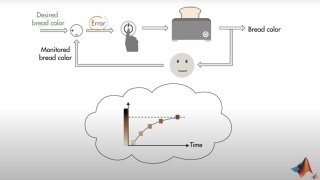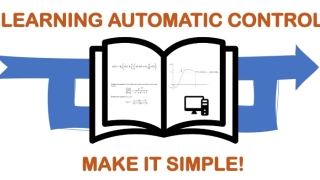
This video provides introductory examples to learn about the basics of feedback control (closed-loop control) systems.
Learn how feedback control is used to automate processes and discover how it deals with system variations and unexpected environmental changes. The examples utilize everyday appliances, such as a toaster and a shower, to help you understand the basic structure and working principles of a feedback control loop.
The first example shows how a toaster can be controlled to cook bread perfectly by continuously monitoring the bread’s color. It also shows how the closed-loop control system deals with system variations (for example, different types of bread).
The second example outlines how feedback control can help regulate water temperature in a shower. It demonstrates how the closed-loop control system can compensate for unexpected environmental changes acting on the system, such as someone running a dishwasher at the same time as the shower.
In sum, feedback control measures the actual output of a system (toast in the first example or water temperature in the second) by using a sensor (eyes in both of the examples). Based on the difference between the desired and the measured output, a controller (a human in both of the examples) sends a signal to a device (the toaster or the shower). The signal makes the device’s output achieve the desired value despite system variations or unexpected environmental events.

